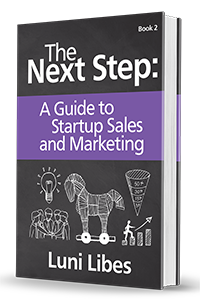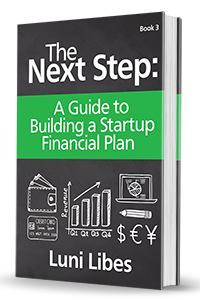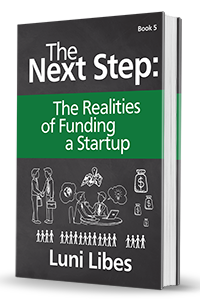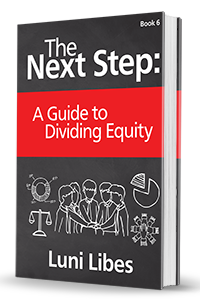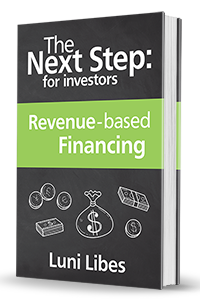Avoiding failure upon success…
The one complication in using restricted shares is the case where the company “exits” (is sold) before the restrictions have been removed.
Imagine that you’ve been granted 25% of the equity of your startup through restricted shares, with the restriction removed in equal parts over four years. Now imagine that, at the end of year two, a bigger company offers to buy your company for $10 million.
If you’ve not planned for this, then you will have 12.5% of your shares still restricted, and, during that acquisition, your company could buy back the other 12.5% of your shares for almost nothing compared to the $1.25 million they should be worth.
The fix for this is called “forward vesting.” Your shares grant should include rules for unrestricting some or all of your shares in the case where the company is acquired or goes public.
I said “some or all” here on purpose. Imagine you are one of the co-founders of the company. You’ve spent a year planning out your business. You have determined that you need to hire someone to build out the sales team. You have yet to raise any money and decide to offer this salesperson a 5% share of the equity. She agrees to the deal. One month later, you receive an offer to sell the company for $1 million. In that first month, the salesperson barely had time to make a sale, and yet, if the whole 5% is unrestricted, she earns $50,000 for one month of work. If she found the buyer, perhaps that is fair. If she’s still working on creating the sales pitch, it seems overly generous.
Commonly, for founders, 100% of the restricted shares are forward-vested. For employees, commonly between 25% and 50% of the remaining restricted shares are forward-vested.
The other case where this is important is in severance agreements. Right now, you likely think your company will be a certain success and that you’ll be with this company until that “exit.” However, life is unpredictable and full of surprises.
What you can and should do is think about the cases where you’ll be asked to leave the company and, right now, when that feels unlikely, create a severance agreement you consider fair. That agreement should include some forward vesting. For both founders and employees, anything between zero and 50% of the remaining restricted shares is typical.
RULE 12:
Grants of restricted share need to specify when the restrictions are removed ahead of schedule, e.g. acquisitions and severance.
In all these cases, the schedule for any forward vesting should be part of this discussion you are about to have. Once an acquirer starts knocking at your door, it is far too late to try to change a forward-vesting schedule, as everyone at that point wants all their shares to be unrestricted.




